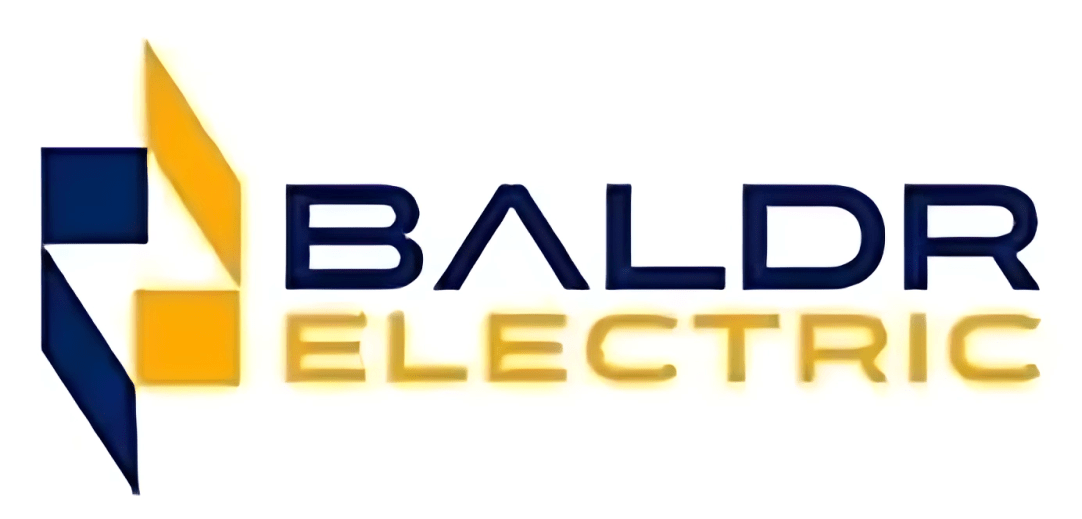Avoid These Costly Errors Before Installing Your EV Charger
Electric vehicles (EVs) are becoming more popular every year. And with more EVs on the road, the demand for charging stations at homes and businesses is growing fast. Installing your own EV charging station seems like a smart move—but if it’s not done right, it can lead to serious problems.
Whether you’re a homeowner, business owner, or property manager, understanding the most common EV charging station installation mistakes can save you time, money, and frustration. In this article, we’ll break down those mistakes in simple terms so you can make smarter choices and enjoy a smooth, safe installation.
Why Proper EV Charger Installation Matters
Installing an EV charger isn’t as simple as plugging in a device. It involves electrical work, safety codes, load calculations, and future planning. A poorly installed charger could result in:
- Power failures
- Fire hazards
- Expensive rework
- Voided warranties or insurance claims
So let’s explore what to watch out for before, during, and after your EV charging station installation.
Hiring the Wrong Installer
Many people try to save money by hiring a general handyman or a friend with basic electrical knowledge. But installing EV chargers requires specific skills and experience.
A certified and licensed electrician understands local codes, permits, and how to safely handle high-voltage connections. Choosing the wrong installer might lead to faulty wiring, safety issues, or even damage to your car or home.
Always hire a professional who has installed EV chargers before. It may cost a little more upfront, but it’s worth it in the long run.
Choosing the Wrong Type of Charger
Not all EV chargers are created equal. Some are slow and affordable, while others offer faster charging but need more power. Installing the wrong charger for your needs can be frustrating.
For example:
- A Level 1 charger plugs into a standard outlet but takes up to 20 hours to fully charge your car.
- A Level 2 charger needs a 240V connection but can charge your EV in 3 to 6 hours.
Make sure to match the charger type with your car’s needs and your daily driving habits.
Skipping the Permit Process
Some people try to skip the paperwork and install an EV charger without a permit to save time. This is a big mistake.
Many cities and towns require permits and inspections for EV charging station installations. Skipping this step can lead to:
- Fines or penalties
- Failed home inspections when selling your house
- Problems with your homeowner’s insurance
A licensed electrician will usually help handle the permits for you. Don’t take shortcuts—stay safe and legal.
Poor Location Planning
Installing the charger in the wrong place can make daily use harder than it should be. We’ve seen cases where chargers are too far from the car, hard to reach, or fully exposed to the weather.
When choosing a spot, think about:
- How far your car’s charging port is from the wall
- Whether you want the charger indoors or outdoors
- Protection from rain, snow, or sun
Plan ahead so your charging routine is smooth and stress-free.
Ignoring Electrical Load Capacity
Before installation, you should always check if your electrical panel can handle the extra load. If your home or building doesn’t have enough capacity, adding an EV charger could trip breakers or cause damage.
This mistake is especially common in older homes or buildings with outdated panels.
A proper load calculation by an experienced electrician will show if you need an upgrade. If so, it’s best to do it right the first time.
Not Thinking About Future Needs
You might only have one EV today, but what about tomorrow? Maybe your partner will buy one too. Or you’ll rent your property to someone with an EV. Installing a charger that only supports one vehicle can limit you in the future.
When possible, install wiring that supports dual charging or can be upgraded easily later.
This is especially important for:
- Apartment complexes
- Office buildings
- Commercial parking lots
Future-proofing now can save you thousands later.
Missing Out on Rebates and Tax Credits
One of the most common and costly mistakes is paying full price without checking for rebates or incentives. Many federal, state, and utility companies offer rebates or tax credits for EV charger installation.
These programs can cover a large part of your installation cost—but many homeowners and businesses don’t know about them.
Before starting your project, ask your installer about available incentives in your area. They may even help you file for them.
Using Low-Quality Equipment
EV chargers are an investment. Going with the cheapest option might seem tempting, but low-cost chargers may lack
- Warranty support
- Smart features
- Long-term durability
Always choose UL-listed, safety-tested equipment from trusted brands. Also, check if the charger is compatible with your vehicle and smartphone apps if you want remote access or energy monitoring.
Forgetting Safety Features
Some installations skip adding safety features like
- Ground fault protection
- Surge protectors
- Weatherproof covers for outdoor chargers
These safety measures are critical, especially in areas with frequent storms or extreme weather. Don’t overlook these small but essential add-ons that keep your system safe and running smoothly.
FAQs: EV Charging Station Installation
Q1: Do I need a permit to install an EV charger at home?
Yes, in most locations, a permit is required. A licensed installer will handle this process for you.
Q2: How long does it take to install an EV charging station?
Typically, it takes 2–4 hours. But if upgrades are needed, it might take longer.
Q3: Can I install an EV charger myself?
It’s not recommended unless you’re a certified electrician. DIY installations can be dangerous and may void your car warranty.
Q4: What’s the best type of EV charger for home use?
A Level 2 charger is ideal for most homeowners because it charges much faster than a Level 1.
Q5: Are there tax credits for installing an EV charger?
Yes! There are often state and federal programs that can reduce your cost significantly.
Final Thoughts: Choose the Right Partner for Your EV Charger Installation
Installing an EV charging station is a great step toward a greener, more convenient lifestyle—but only if it’s done right. Avoiding the mistakes above will save you stress, money, and safety concerns down the road.
Want a smooth, safe, and professional EV charger installation?
We’ve got you covered. Contact us today to schedule a consultation or get a free quote from our certified experts.


